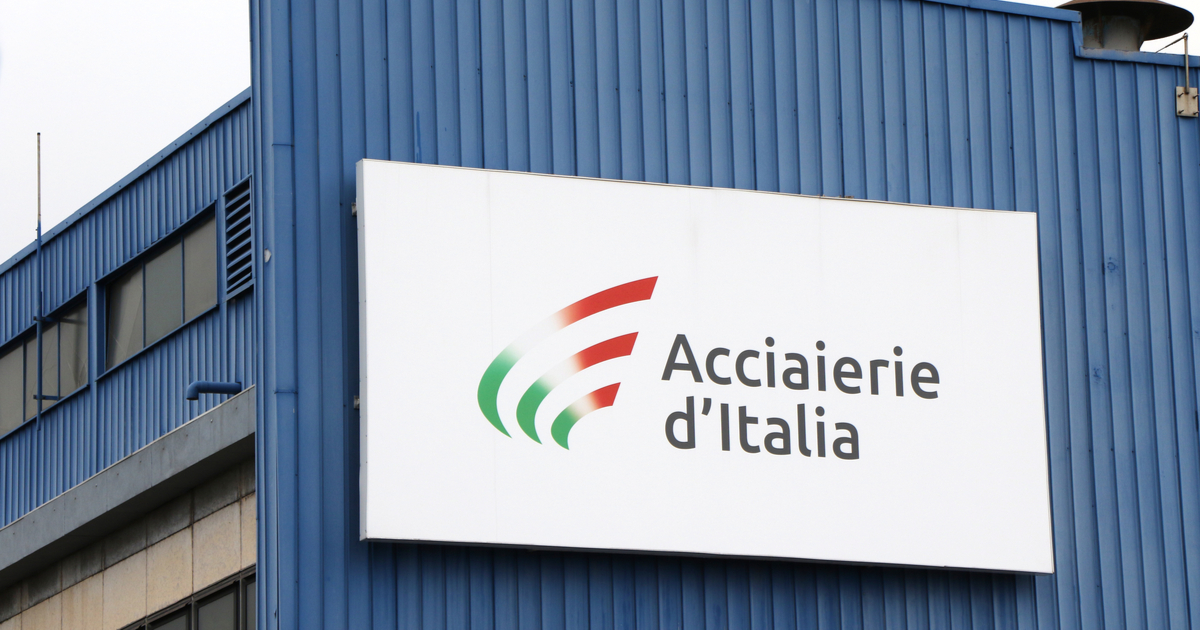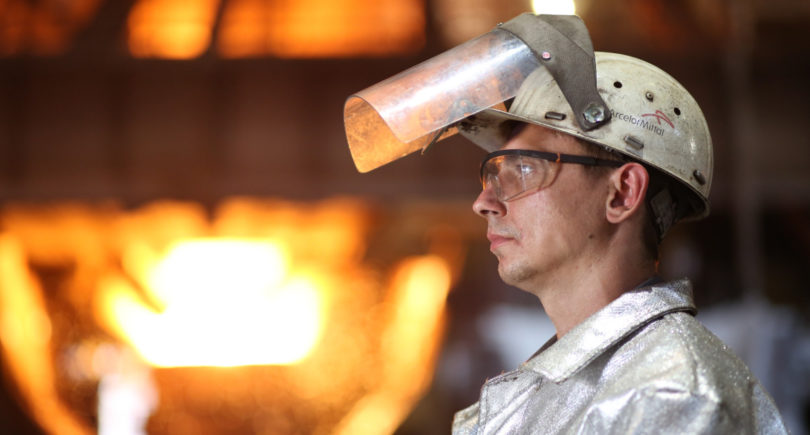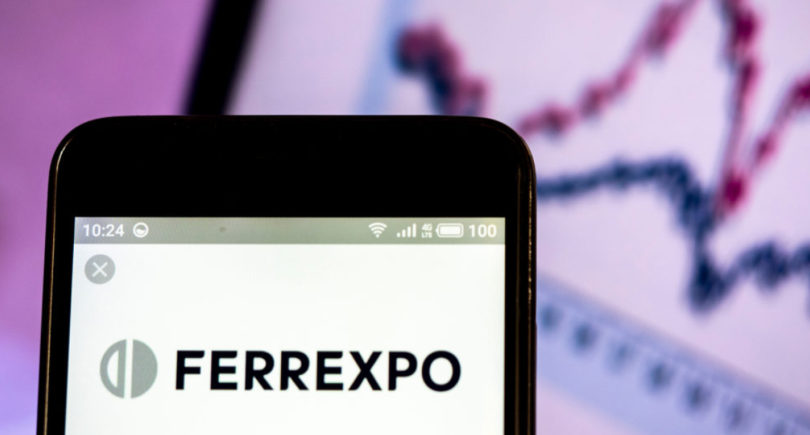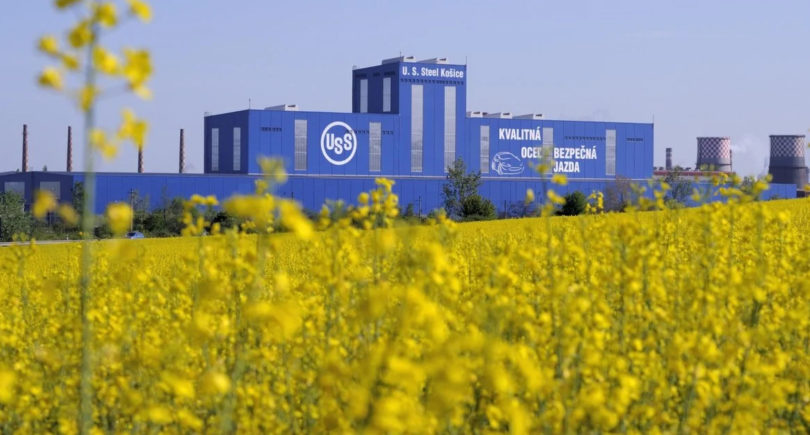
News Companies Acciaierie d'Italia 904 14 March 2023
Investments in the amount of €8.2-8.9 billion may be required for the green transition of the plant in Taranto
Europe’s largest steel mill Acciaierie d’Italia in Taranto (ADI, formerly Ilva) will be kept afloat. The plant has been receiving state aid for many years and has announced new plans to restart production, but it is still difficult to talk about its transformation and the transformation of related enterprises, writes IrpiMedia.
In 2022, the Acciaierie d’Italia plant in Taranto produced 3.1 million tons of steel, compared with 4 million tons in 2021. It accounted for approximately 16% of all steel production in Italy in 2021.
The steel plant had an integrated environmental permit for steel production volumes of up to 6 million tons. Now there are again plans to restart the enterprise and achieve a production level of 9.5 million tons in 2025. Acciaierie d’Italia has already sent a new emissions request to the Ministry of the Environment and Energy Security.
At the same time, the current state of the enterprise raises questions about the possibility of ecological transition in the planned volumes and terms. According to the forecast of the Italian think tank Ecco, made in August 2022, the costs of conversion will be very high. Technologies such as DRI and the production of green hydrogen are expensive. For such a plant as the former Ilva, investments in the amount of €8.2 – 8.9 billion will be needed. The analytical center notes, that other costs should be added to this, in particular, related to the decommissioning of blast furnaces and adaptation of the system.
The next plan to restart the former Ilva, calculated for 10 years, envisages the complete elimination of climate emissions of the plant in Taranto. This will require 5 billion euros, which is an insufficient figure for the company, given the opinion of the president of Acciaierie d’Italia Franco Bernabe.
A new challenge for the transition of Acciaierie d’Italia to ecological production, according to Il Giornale, could become the price of carbon emissions. At the end of February 2023, it crossed the mark of 100 euros per ton, and this can have a strong impact on the accounts of the enterprise in Taranto and the most energy-intensive sectors, and lead to new additional costs.
Raw material expert Gianclaudio Torlizzi explains that reaching the CO2 price limit of around €100 is one of the factors contributing to keeping the price of electricity in France, Germany and Italy above €100 MWh, despite the drop in gas prices over the past six months.
Accoerding to Italian Quotidiano, Acciaierie d’Italia received €680 million provided by the state agency Invitalia. In addition, another 70 million were provided to ArcelorMittal in the form of loans. Last week, the company began to deal with debts. According to sources, AdI managed to get the energy companies (Eni and Snam) to cooperate and accept payment of a share of the accrued amount. Funds will also go to related companies and suppliers.
As GMK Center reported earlier, Acciaierie d’Italia (ADI) is planning in 2023 to produce 4 million tons of steel, and in 2024 it expects to reach 5 million tons.




